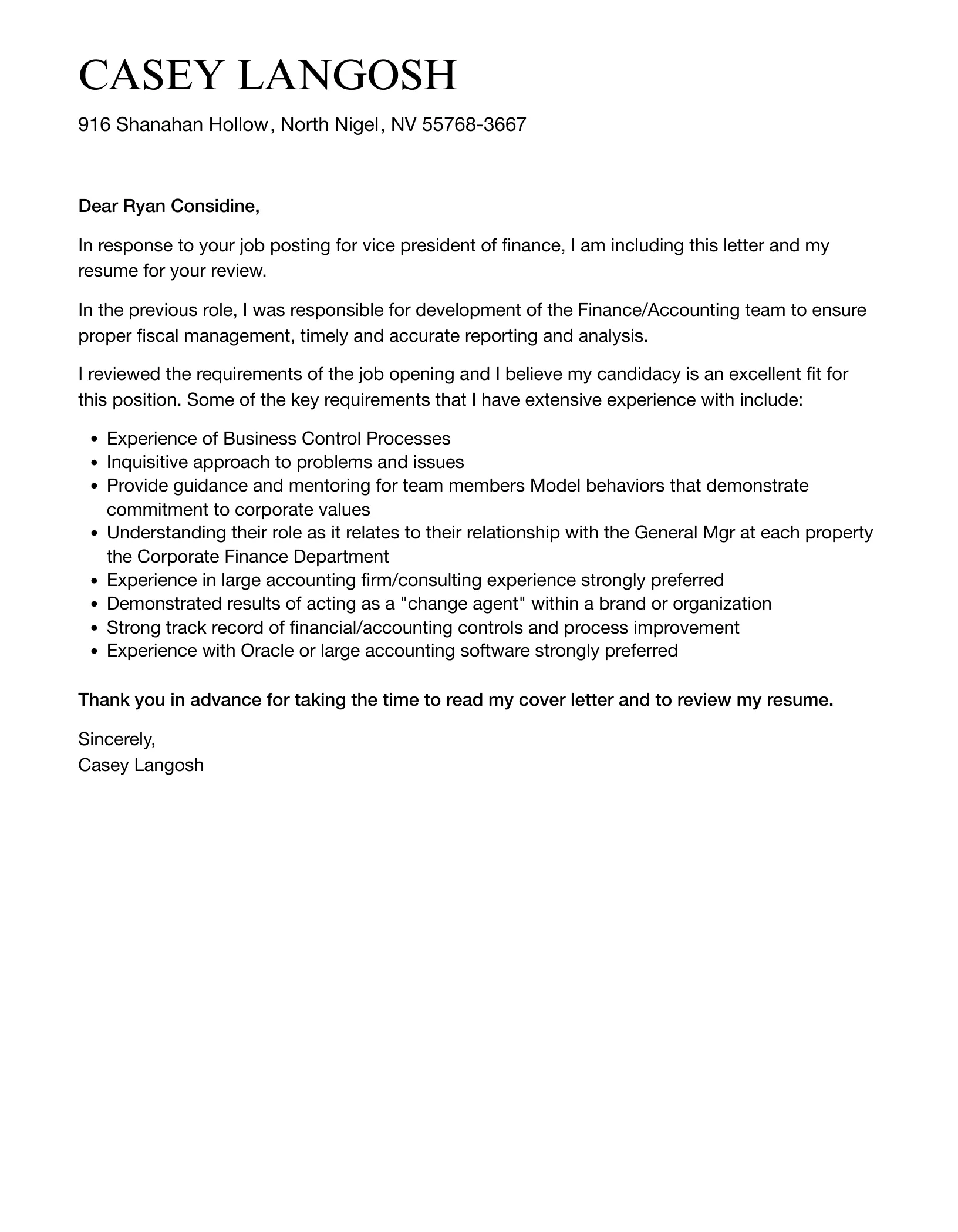Crafting a Compelling Student Affairs VP Cover Letter
Securing a Vice President of Student Affairs position requires more than just a stellar resume. A well-crafted cover letter is your opportunity to showcase your personality, passion, and qualifications, setting you apart from other candidates. This guide unveils the secrets to writing a compelling cover letter that grabs attention and increases your chances of landing an interview. We will delve into key aspects of the role, highlight crucial skills, and provide actionable advice to help you create a cover letter that resonates with hiring managers in the field of higher education. Remember, your cover letter is your first impression, so make it count. This first section focuses on the essential elements needed to create a strong foundation for your application.
Understanding the Role of a Student Affairs VP
Before you begin writing, it’s crucial to understand the scope of the Vice President of Student Affairs role. This position is pivotal in fostering a supportive and enriching environment for students. The VP of Student Affairs is responsible for overseeing various departments and programs, from student life and housing to counseling services and career development. This understanding is key to aligning your cover letter with the specific needs and priorities of the institution. Demonstrating this understanding will set you apart from the competition, as it shows you’ve done your homework and are ready to take on the responsibilities of the role. This understanding will also dictate the keywords and skills to highlight in your cover letter.
Key Responsibilities of a Student Affairs VP
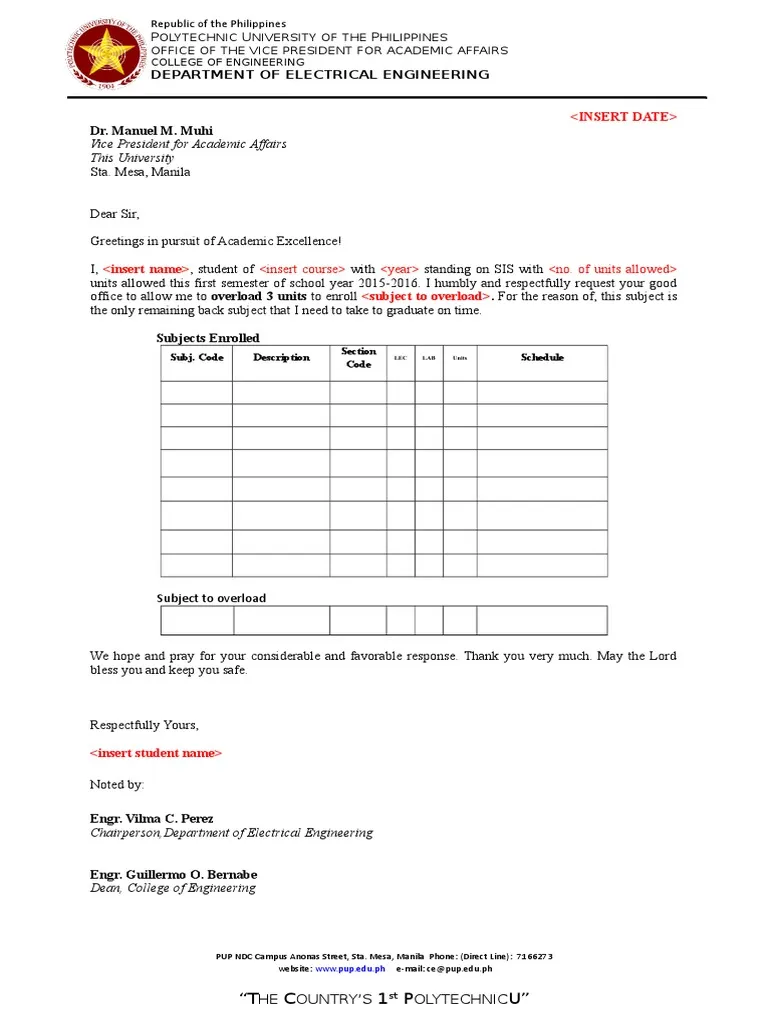
The responsibilities of a Student Affairs VP are extensive and varied. They include strategic planning, budget management, program development, and ensuring compliance with university policies and legal regulations. They are also responsible for promoting student well-being, addressing student concerns, and fostering a diverse and inclusive campus environment. Your cover letter should reflect your experience in these areas, providing specific examples of how you have successfully managed budgets, developed student programs, or navigated complex student issues. Highlighting these key responsibilities demonstrates your capacity to meet the demands of the role and contribute to the overall success of the university’s student community. The more specific you are, the better.
Highlighting Relevant Experience in Your Cover Letter
Your cover letter is the perfect place to showcase your experience and demonstrate how it aligns with the requirements of the position. Instead of simply listing your past roles, provide specific examples of your accomplishments. For instance, describe a time when you successfully implemented a new student program, managed a significant budget increase, or resolved a critical student issue. Use the STAR method (Situation, Task, Action, Result) to structure your responses, providing context, outlining your role, detailing your actions, and quantifying the results. This approach not only highlights your skills but also proves your ability to deliver tangible outcomes. Providing clear and concise details allows the hiring manager to quickly understand your value and suitability for the role, helping your cover letter stand out.
Showcasing Leadership Skills
Leadership is paramount in the role of a Student Affairs VP. Your cover letter should showcase your ability to lead, motivate, and inspire teams. Provide examples of your leadership style, such as how you have fostered collaboration, built consensus, or mentored staff. Detail instances where you successfully led initiatives, managed conflict, or spearheaded positive change within an organization. Consider mentioning specific leadership training you’ve undertaken or leadership awards you’ve received. Demonstrate your capacity to create a vision, set strategic goals, and guide your team toward achieving them. These examples will offer concrete evidence of your leadership abilities and demonstrate your suitability for the role.
Demonstrating Strategic Planning Abilities
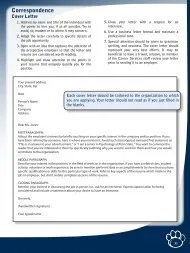
Strategic planning is an essential aspect of the Student Affairs VP role. Your cover letter should reflect your experience in developing and implementing strategic plans. Explain how you have assessed institutional needs, set strategic goals, and developed action plans to achieve those goals. Provide examples of successful strategic initiatives, including the processes you followed, the challenges you overcame, and the outcomes you achieved. This demonstrates your ability to think strategically, anticipate future needs, and create a roadmap for success. Highlighting your strategic planning abilities showcases your capacity to contribute to the long-term success of the university’s student affairs initiatives.
Emphasizing Communication and Interpersonal Skills
Effective communication and strong interpersonal skills are vital for a Student Affairs VP. Highlight your ability to communicate effectively with diverse stakeholders, including students, faculty, staff, and external partners. Provide examples of how you have facilitated open communication, mediated conflicts, or built strong relationships. Describe your experience in public speaking, presenting to large audiences, or writing reports and policy documents. Demonstrate your capacity to listen actively, understand diverse perspectives, and build consensus. The cover letter should highlight your skills in fostering collaboration, building trust, and creating a positive and inclusive campus environment. Providing concrete examples of your communications skills will showcase your effectiveness and suitability for the role.
Quantifying Achievements to Impress
Numbers speak louder than words. Whenever possible, quantify your achievements to make them more impactful. Instead of saying that you “improved student retention,” state that you “increased student retention rates by 15% within two years.” Use metrics to demonstrate the positive impact of your work. For instance, if you launched a new program, indicate how many students participated, the program’s success rate, and the overall impact on student satisfaction. Quantifying your achievements provides tangible evidence of your value and demonstrates your ability to deliver measurable results. This attention to detail will impress the hiring manager and set you apart from other candidates. Highlighting this point in your cover letter helps to prove your impact.
Structuring Your Cover Letter for Maximum Impact
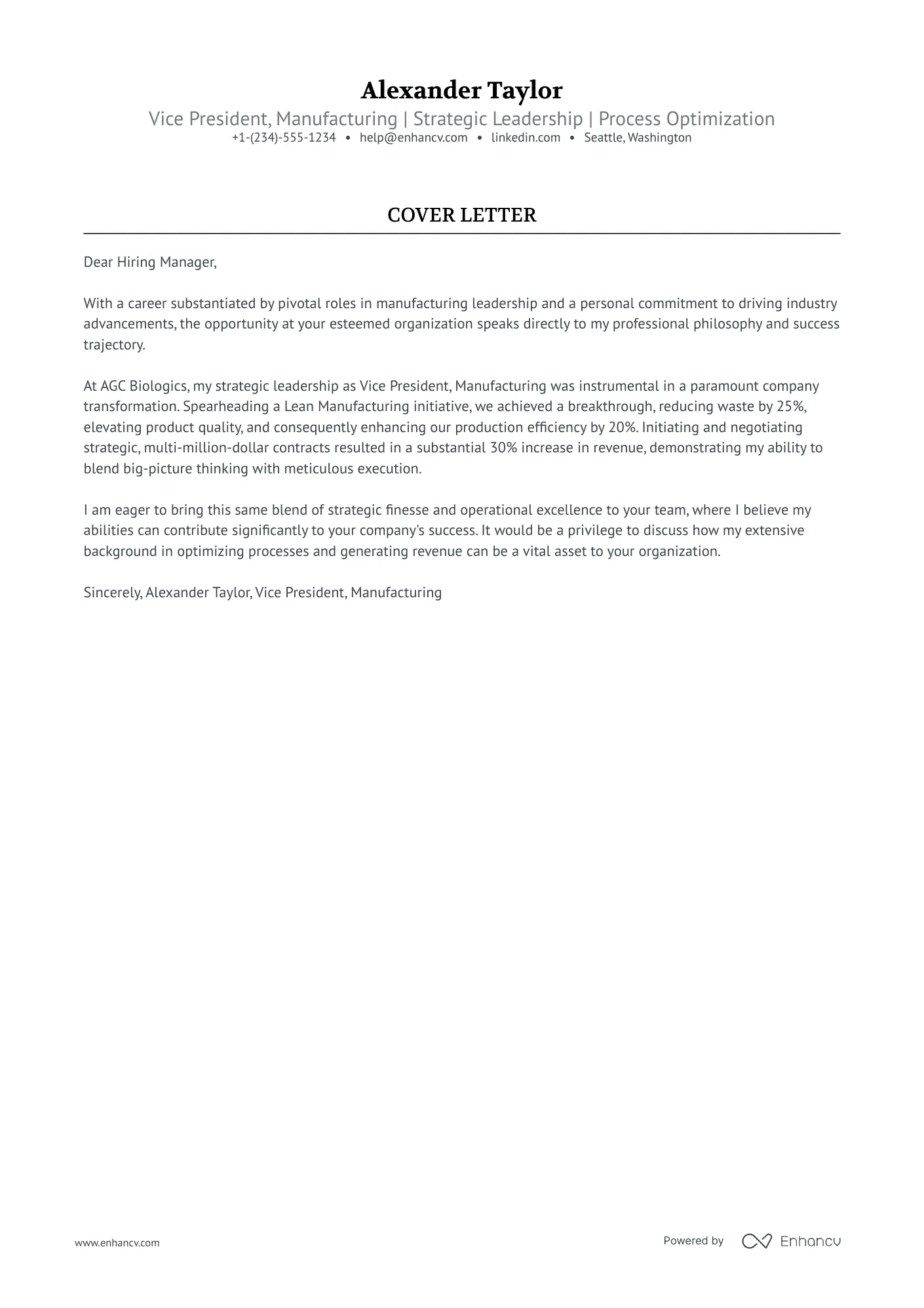
The structure of your cover letter significantly impacts its effectiveness. Begin with a compelling opening paragraph that grabs the reader’s attention. Clearly state the position you are applying for and briefly highlight your key qualifications. In the body paragraphs, focus on demonstrating your experience, skills, and achievements, linking them to the specific requirements of the job. Use clear and concise language, and structure your points logically. End with a strong closing paragraph that reiterates your interest and enthusiasm for the role, and includes a call to action (e.g., requesting an interview). The overall structure should flow smoothly, making it easy for the hiring manager to understand your qualifications and assess your suitability for the position. Focus on formatting for easy readability.
Formatting and Presentation
Your cover letter’s format and presentation are crucial. Use a professional font, such as Times New Roman or Arial, with a font size between 11 and 12 points. Maintain consistent margins and spacing throughout the document. Avoid lengthy paragraphs and use bullet points to highlight key achievements and skills. Ensure your cover letter is free of grammatical errors and typos by proofreading carefully. Make sure the document is easy to read and visually appealing. A well-formatted cover letter reflects professionalism and attention to detail, increasing the likelihood that your application will be taken seriously. The format of your cover letter is just as important as the content.
The Opening Paragraph That Grabs Attention
The opening paragraph is your opportunity to make a strong first impression. Start with a brief, engaging statement that captures the reader’s attention. Clearly state the position you are applying for and where you found the job posting. Briefly mention a key qualification or accomplishment that immediately demonstrates your suitability for the role. Tailor the opening to the specific institution and role, showing that you have done your research. The goal is to pique the reader’s interest and encourage them to continue reading. Avoid generic openings and opt for a personalized approach. This first impression can make the difference.
The Body Paragraphs Persuading the Reader
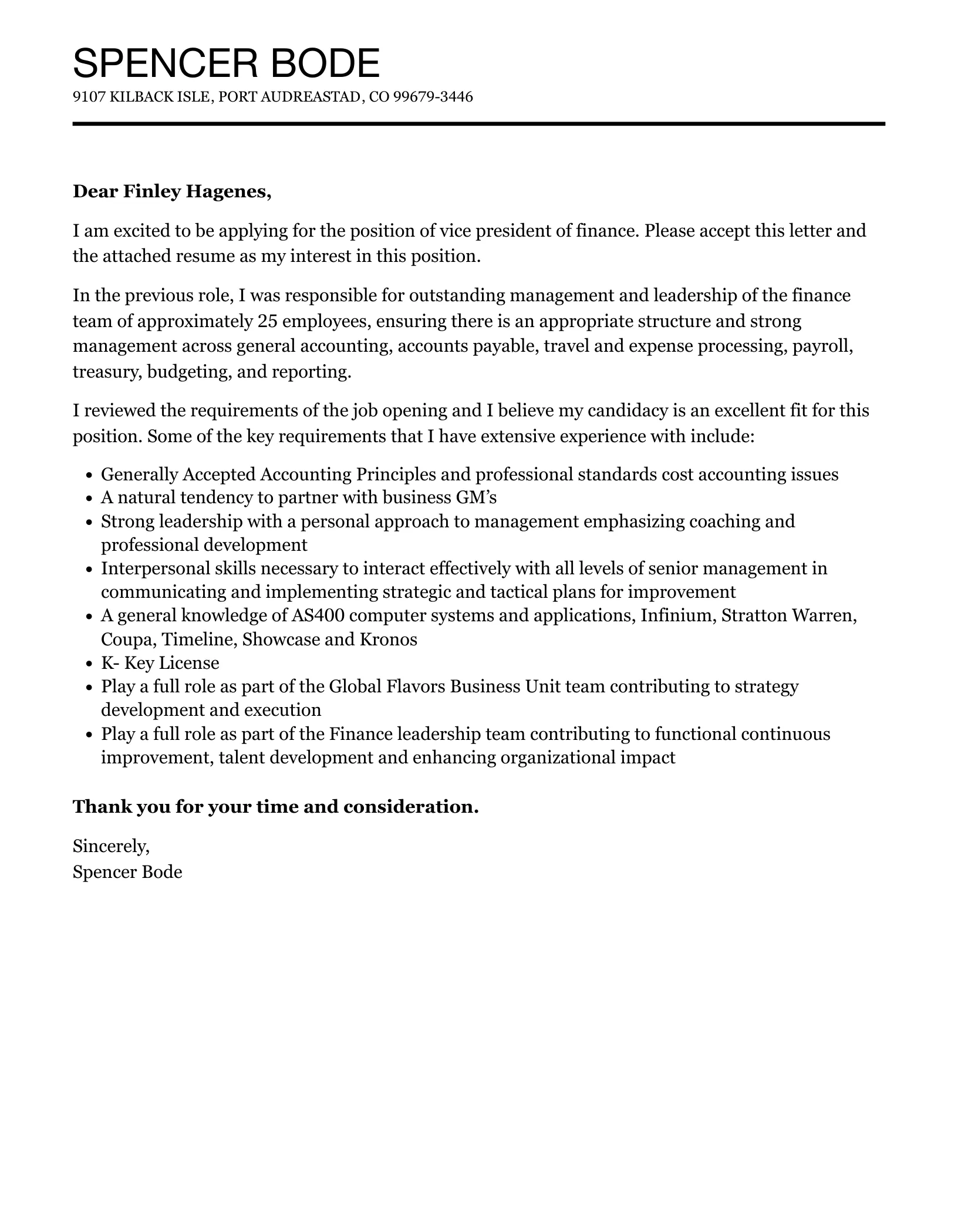
The body paragraphs are the heart of your cover letter, where you showcase your experience and skills in detail. Use these paragraphs to elaborate on your qualifications and accomplishments, providing specific examples that align with the job description. Structure your paragraphs logically, using clear and concise language. Focus on the key requirements of the role and demonstrate how your experience and skills meet those needs. Support your claims with concrete evidence, such as data and achievements. Tailor the content to the specific institution, showing your understanding of their values and goals. The body paragraphs offer the details that tell your story.
The Closing That Seals the Deal
Your closing paragraph should leave a lasting impression. Reiterate your enthusiasm for the position and the institution. Summarize your key qualifications and reiterate your interest in the role. Include a clear call to action, such as requesting an interview. Thank the hiring manager for their time and consideration, and express your anticipation of hearing from them soon. Ensure the closing is professional and reflects your personality. The closing should be confident and leave a positive final note. A well-crafted closing can seal the deal by reinforcing your enthusiasm and making it easy for the hiring manager to take the next step.
Tailoring Your Cover Letter to the Specific Job
Generic cover letters are easily recognized and often discarded. The most successful cover letters are tailored to the specific job and institution. Carefully review the job description and identify the key requirements and qualifications. Customize your cover letter to address those specific needs, highlighting the relevant experience and skills. Research the institution, including its mission, values, and strategic goals. Demonstrate your understanding of the institution’s needs and explain how your skills and experience can contribute to its success. Tailoring your cover letter shows the hiring manager that you are genuinely interested in the position and have taken the time to understand the role. A tailored letter signals your seriousness about the position.
Researching the Institution and Its Needs
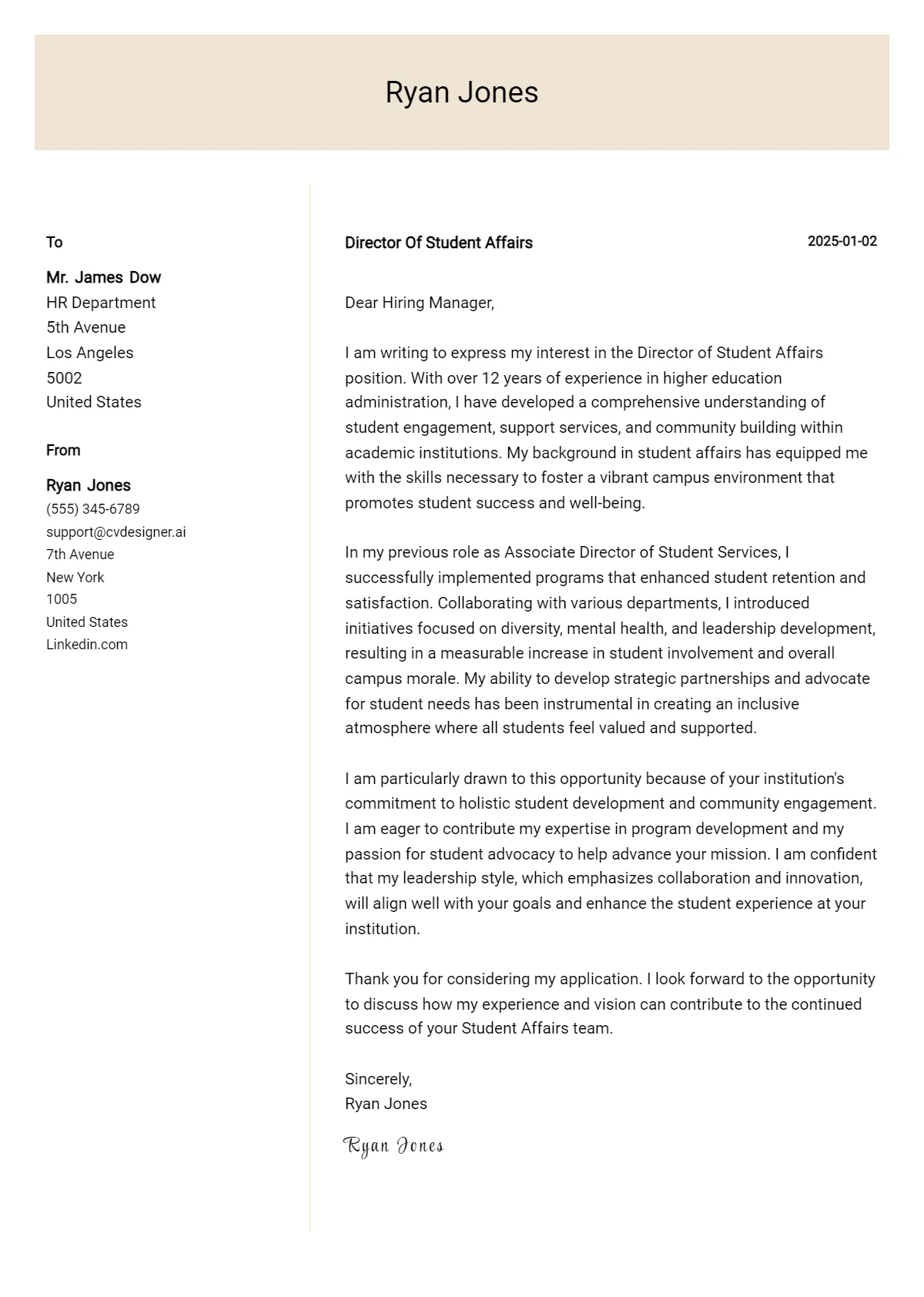
Thorough research is crucial to writing a compelling cover letter. Before you start writing, explore the institution’s website, mission statement, and strategic plans. Understand the institution’s values, its student population, and its current challenges. Identify the key initiatives and priorities of the student affairs department. This information will help you tailor your cover letter to the specific needs and goals of the institution. Researching the institution demonstrates your genuine interest and shows that you are serious about the role. Demonstrating this interest in your letter will help it stand out.
Addressing Specific Requirements and Qualifications
The job description is your roadmap. Carefully analyze the requirements and qualifications listed in the job description. Address each requirement and qualification in your cover letter, providing specific examples of how your experience and skills meet those needs. Use keywords and phrases from the job description to demonstrate your alignment with the position. If the job description mentions specific software, programs, or initiatives, make sure to highlight your relevant experience. By directly addressing the requirements, you make it easy for the hiring manager to see your suitability for the role. This also highlights your strong attention to detail and your ability to follow directions. Addressing the needs of the job proves that you are the right fit.
Proofreading and Editing for Perfection
Proofreading is non-negotiable. Errors can undermine your credibility and make you appear careless. After writing your cover letter, proofread it carefully for grammatical errors, typos, and formatting inconsistencies. Read the letter aloud to catch any awkward phrasing or sentence structure. Ask a colleague, friend, or career advisor to review your cover letter and provide feedback. Proofreading is essential for ensuring that your cover letter is polished and professional. A flawless cover letter reflects your attention to detail and commitment to excellence. Ensure every aspect of the letter is correct before submission. Proofreading ensures the best outcome for your application.
Common Mistakes to Avoid in Your Cover Letter
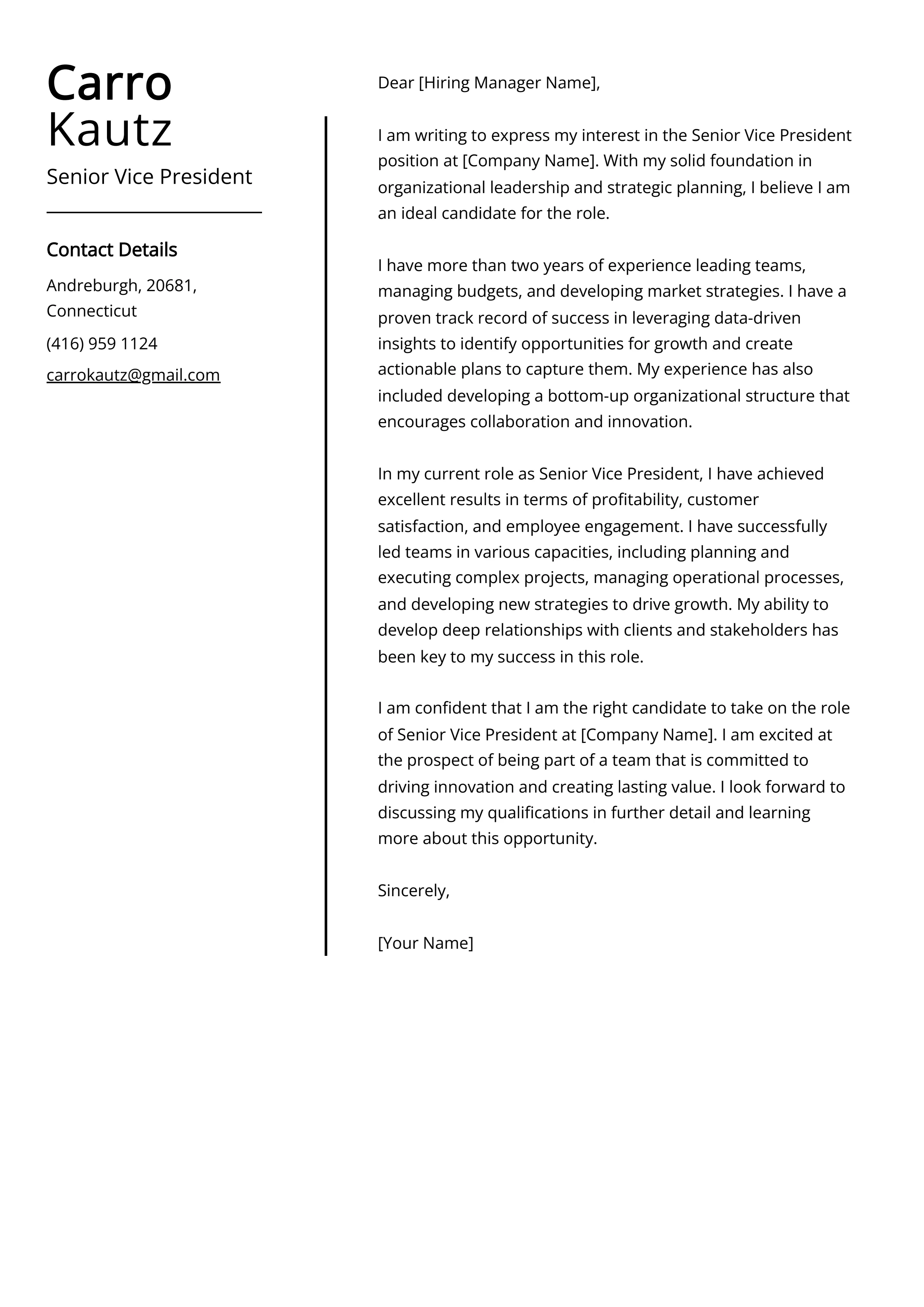
Avoiding common mistakes can significantly improve the quality of your cover letter. This section will cover mistakes that will reduce your chances of landing an interview. Knowing what to avoid is critical to the success of your application. The effort put into the application needs to reflect positively on the applicant.
Overusing Clichés and Generic Language
Avoid using clichés and generic language that can make your cover letter sound unoriginal. Phrases like “I am a team player” or “I have a proven track record” are overused and lack impact. Instead, use specific examples to demonstrate your skills and achievements. Tailor your language to reflect your personality and the tone of the institution. Use action verbs and strong language to showcase your abilities effectively. Avoiding clichés makes your letter stand out and shows that you’ve taken the time to personalize it.
Failing to Tailor the Letter to the Role
Submitting a generic cover letter that is not tailored to the specific job is a major mistake. Hiring managers can easily spot generic applications, and they often discard them. Always customize your cover letter to match the specific requirements and expectations of the role. Highlight your relevant experience and skills, and demonstrate how your qualifications align with the institution’s needs. Show that you have researched the institution and understand its values and goals. The effort in tailoring demonstrates your genuine interest and commitment.
Ignoring the Importance of Proofreading
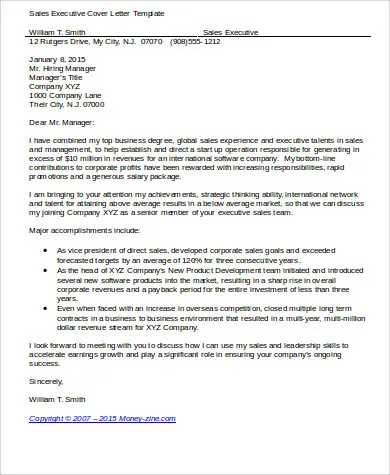
Ignoring the importance of proofreading is a critical error. Grammatical errors, typos, and formatting inconsistencies can make your cover letter appear unprofessional and careless. Always proofread your cover letter carefully, and consider asking someone else to review it as well. Ensure that your cover letter is polished and error-free before submitting it. Pay attention to detail in all aspects of your application. Proofreading can often be the determining factor in your application.
